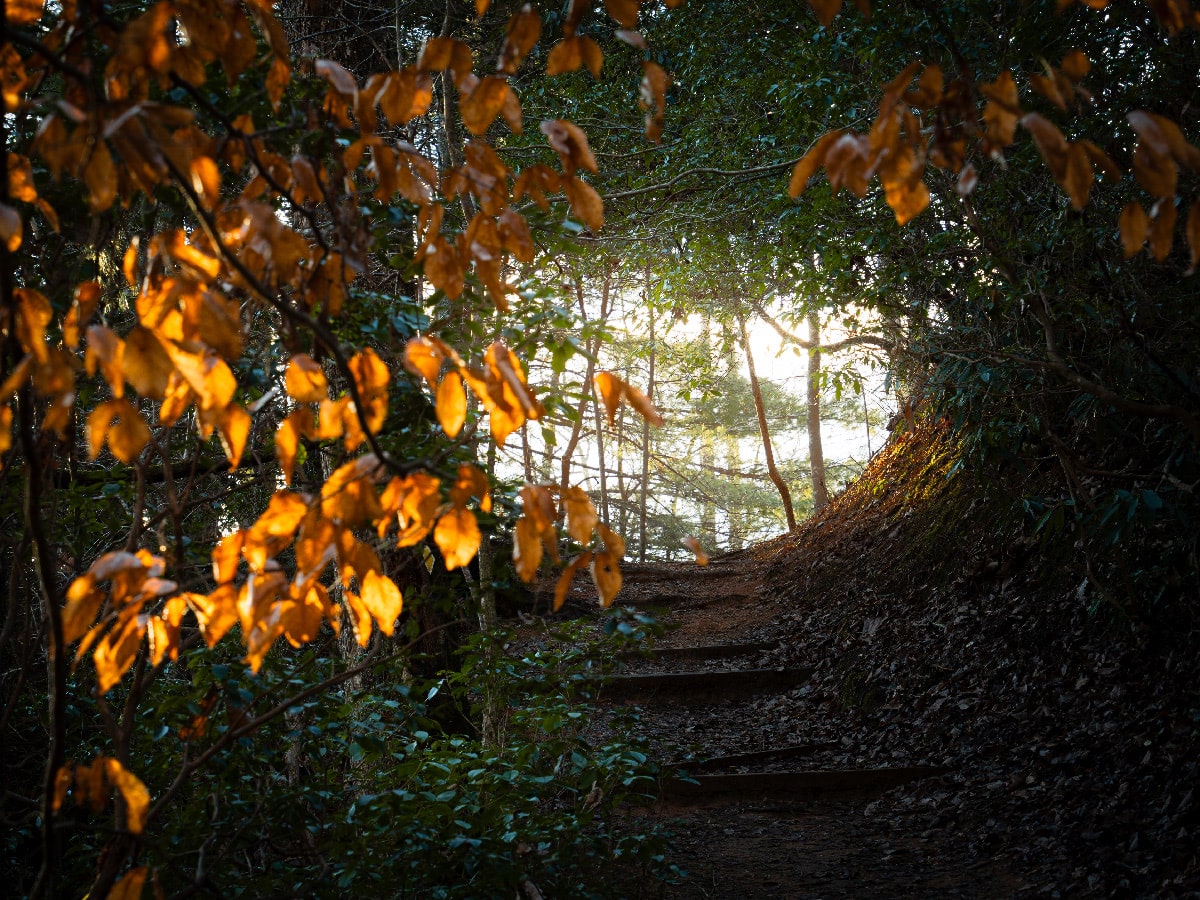PHO 154: Landscape Photography
Unleash your nature photography skills
Landscape photography can be fascinating and endlessly inspiring, just like the natural world. In this course, you will explore a wide range of concepts and techniques to help you get more out of your nature photography. Each assignment will challenge you to go out and photograph the natural world, exploring compositional concepts and shooting techniques for different kinds of subjects and environments, ranging from macro and mobile to HDR and panoramic shots. To help you organize, edit, and showcase your work, the course will explore editing techniques using Adobe Lightroom. By the end of the course, you'll have created a stunning portfolio of images celebrating your favorite natural location(s).
About This Course
Project-Based Learning
Students will create a portfolio of high quality landscape images based on a chosen natural location, learning and applying a range of shooting and composition techniques with the camera and image editing and presentation techniques in Lightroom. Special capture techniques include HDR and panoramic shots, shooting images for black and white photography, and shooting with your smartphone.
What Skills Will I Develop?
Students in this course can expect to learn to:
- Explore fundamental concepts in landscape photography.
- Utilize composition techniques to improve landscape images through reshooting or editing.
- Use shooting distance to capture texture in natural scenes.
- Create a powerful panoramic image combining several images and editing them in Lightroom.
- Create an effective HDR image in Lightroom by combining three identical shots at different exposures.
- Capture landscape photos with color and tone as primary compositional elements.
- Apply a systematic editing process to enhance a set of images using Lightroom.
- Create well-composed and high-quality black-and-white nature photographs.
- Create a strong and varied portfolio of landscape images for a natural location.
What Software and Supplies Do I Need?
- Computer with Internet connection.
- Access to a digital camera with manual control over ISO, Aperture, Shutter Speed, and White Balance, that allows for shooting in RAW format.
- Smartphone with digital camera.
- Tripod recommended.
Course Instructor(s)
The course is taught by the following instructor(s):
 Dr. Taz Tally
Dr. Taz Tally
Dr. Taz Tally is the president of Taz Tally Seminars and Taz Tally Photography and author of numerous graphics and print production books and instructional videos, CDs, DVDs and online training courses on scanning, prepress, printing, Photoshop, and color correction.
Course Outline
Into the Wild
What is a landscape photograph? We will begin by exploring the different types of landscape photograph you can create: representational, impressionistic, and abstract. We will address common questions about gear and other technical issues. We will discuss some fundamental concepts for how to capture landscape images and review some creative opportunities that you can explore in this course, including wide-angle and telephoto lenses, macro photography, high dynamic range photography, panoramas, stop action, blur action, depth of field, and more.
Fundamentals of Composition
Photography is to some degree all about composition. In this lesson, we will discuss why effective composition is important to the success of your photographs, exploring simple techniques such as simplicity, asymmetry, eyelines, and point of view can be used to pull a shot together. The focus will be on how to achieve these goals through shooting or editing, and how to critique your own images to discover creative opportunities.
Framing and Cropping
What's in the frame, and what's not? How you frame your shots as you shoot, and how you crop them in post-production, can make all the difference in creating powerful landscape photographs. In this lesson, we will explore how concepts like aspect ratio and image resolution that can influence your shot selection and discuss how to use framing and cropping as two interconnected ways to create effective, well-composed images. We will also examine shooting techniques you can use to capture the essence of your environment, including textures/fabrics, panoramas, and HDR images, and look at the creative opportunities for converting color images to black and white.
Enhancing Your Images in Lightroom
It's an exciting feeling to return from any hike or nature walk, fire up Lightroom, and find out how your shots worked out. This lesson is all about techniques for editing your images in Lightroom to enhance your landscape photographs. What we will discuss is a systematic workflow that you can use to make edits in the correct order to support your creative and compositional goals. Topics will include panoramic stitching, lens distortion removal, and straightening, color and tone adjustments using histograms, final editing options including vibrance, clarity, dehazing, sharpening, and more, and conversions of images to black and white.
Mobile Photography
With the increasing quality of smartphone cameras, landscape photographers are increasingly using mobile devices to capture nature's fleeting moments. In this lesson, we'll explore technical and creative tips for getting the most out of your smartphone pictures when you are out in the field. In the assignment, you'll add to your course portfolio with a set of mobile captured images.
Preparing, Exporting, and Presenting Your Images
By the end of the course, you've assembled a beautiful and varied portfolio of landscape photographs on your chosen natural location. In this lesson, we will make sure you are ready to showcase your work effectively. We will discuss how to preparing your images for export, maintaining the detail in your images and protecting it from copyright infringement. We will also explore how to display and present your images, using various Lightroom features to create print and interactive outputs, and even movies. Your final assignment you tell the story of your landscape photography project.
Frequently Asked Questions (FAQ)
How Do The Courses Work?
Our courses are project-based and instructor-led. In each course you’ll complete a series of lectures, projects, discussions, and critiques designed to stretch your creative skills. Weekly assignment deadlines keep you on track, and with no set-logins or Zoom meetings, you can build your studies around your schedule.
Who Are The Instructors?
Our courses are developed and taught by our industry-leading faculty of creative professionals. This means that you’ll learn in-demand skills, get feedback on your work, and build a portfolio of creative work. View our Student Gallery for featured student projects.
When Can I Start?
Classes start January, April, and August, and this course is completed in a 15-week term. College credit from this course can be applied to a range of Degree and Certificate programs at Sessions College. You can enroll in this course on an individual basis or as part of a program.
Explore our Programs: Bachelor's Degree | Associate Degree | Undergraduate Certificate
How Do I Register?
To register for a program, complete our program application. To register for this course on an individual basis, please contact our admissions team at admissions@sessions.edu. An Admissions Advisor will contact you to setup your enrollment.
| Course Tuition and Fees | |
|---|---|
| Tuition | $300/credit |
| Registration Fee* | $200 |
| Total Course Price | $1100 |
Registration fees are nonrefundable after 5 days from enrollment.
Is Sessions College Accredited?
Yes. Since 2001, Sessions College has been accredited by the Distance Education Accrediting Commission (DEAC). The Distance Education Accrediting Commission is listed by the U.S. Department of Education as a recognized accrediting agency and is recognized by the Council for Higher Education Accreditation (CHEA).






















